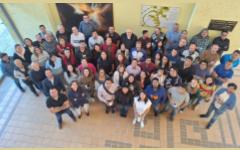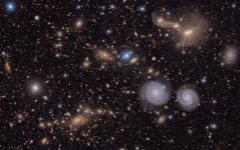
Students from Mexico and Latin America gathered in Morelia for the 14th edition of the Summer School in Astrophysics (EVA), organized by the Institute of Radio Astronomy and Astrophysics (IRyA) at UNAM, Campus Morelia, and held at its facilities.

With nearly 1,000 published articles and more than 70,000 citations in just 10 years, IRyA is a relevant and outstanding astrophysics research institution.

The Institute of Radioastronomy and Astrophysics at UNAM, Campus Morelia, congratulates Anibal Sierra Morales, a PhD graduate from this institute, for receiving the 2020 Doctorate Alfonso Caso Medal, given by UNAM to the most prominent postgraduate graduates.

An enormous, living movie of the sky, lasting ten years. This is what the Vera C. Rubin Observatory will do, and it shares its first images today. By observing the entire sky over and over again, this groundbreaking project will revolutionize the way we study the cosmos.

The Institute of Radio Astronomy and Astrophysics (IRyA) of UNAM, Campus Morelia, signed a collaboration agreement with the College of Psychologists of Michoacán, A. C. on June 12, 2025, to cooperate on the training and psychological care of IRyA’s community, including academic and administrative staff, as well as the student body.




